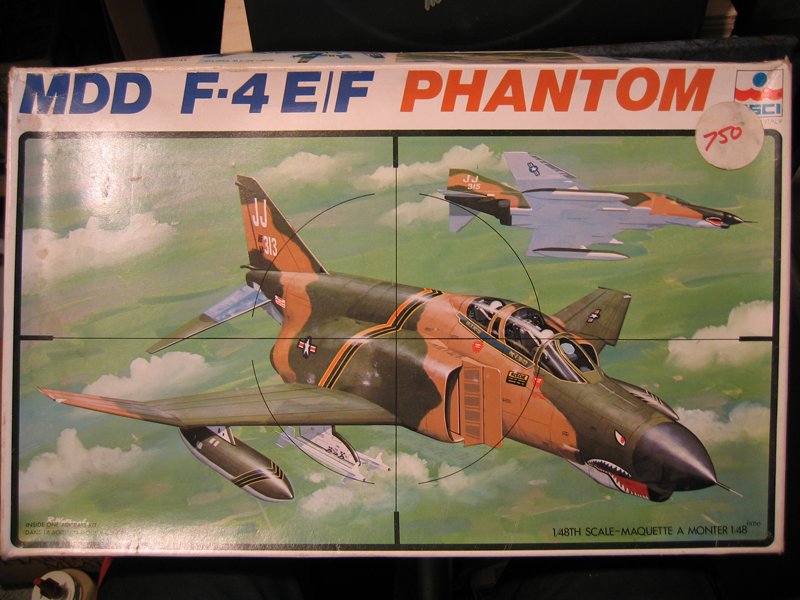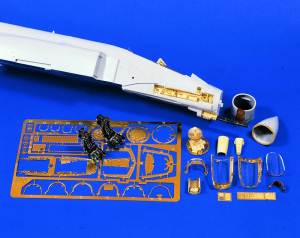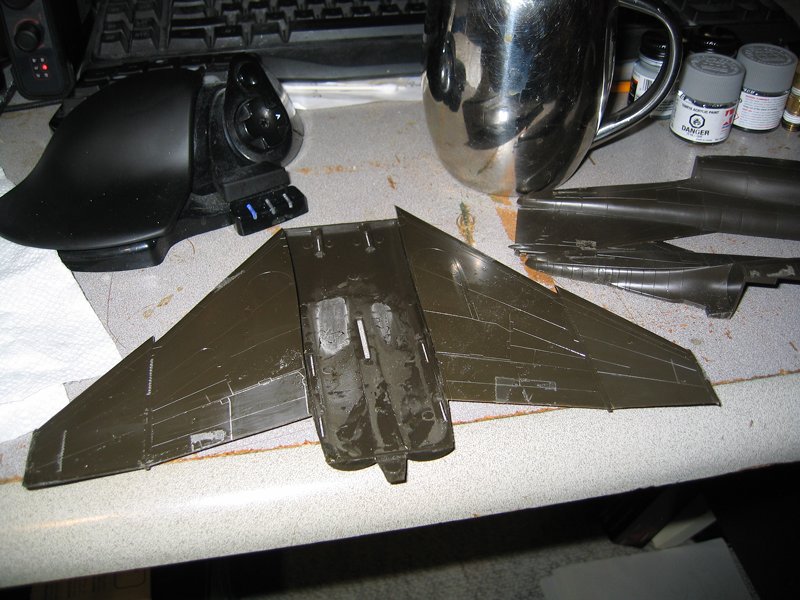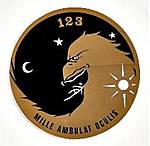Slats, slots and gun muzzles, oh my! Okay, in a nutshell, these were all "aftermarket parts" added to the Phantom as time went by. Here's the
Phantom Guide for the Masses which explains the differences between the variants.
The slotted tailplane was added to the Phantom before the -E model was produced so it's pretty much impossible that you'll ever see an -E without it; it was a design mod to the F-4B quite early in service. Slots were added to the -C/D models in USAF service, so it's possible to see one of them with or without slots, but they're definitive for all -Es.
The gun muzzle mod was added to the -E in the early '70s to cure a gun gas ingestion problem. The early muzzle shape was triangular when viewed from the side, looking like this

The modified muzzle was installed to cure this problem. It's longer and much more rectangular. Note that there's a little door that opens on the top right side of the nose while the power is off. This is a gas purging intake which also opens when the gun is firing and uses ram air to force the gun gasses out of the muzzle before they can be sucked into the intakes.

You should see a little rectangular panel on the upper nose of your model. If you're doing the early muzzle you need to remove it, and if you're doing the late muzzle it needs to be opened up and the scoop made.
Slatted wings were added to both Air Force and Navy Phantoms starting in about 1972 to improve turning ability. Early production -Es had the "hard wing" fitted to the -C/D Phantom. Some or most of these were retrofitted with the slats over the next few years. Recognition points are the wing tips and the actuator fairings under the inner wing section. The slats on the wing tips didn't retract completely so they made the "dog tooth" much more visible.
Here's a drawing:

Here's a slatted wing. Points to look for are the actuator fairings visible under the leading edge just above the drop tank, the small fence on the inboard section of the outer wing slat and the smaller actuators under that slat. The wingtip lights had to be displaced to fit a Radar warning receiver added about the same time, so the plan from of the wingtip was changed from the more rectangular non-slatted wing.

From the top. The inboard slat is difficult to see when it's retracted, but look for the larger 'dog tooth' and the altered wing tip shape

Just to make modellers' lives more difficult, the Navy slats were different from the Air Force slats.
Here's an early -E with hard wings, short gun muzzle and slotted stabs
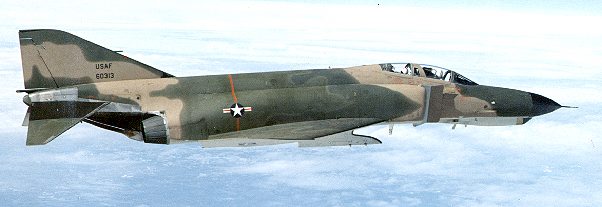
Your best bet is to get a picture of your subject and then make sure your model matches it.










